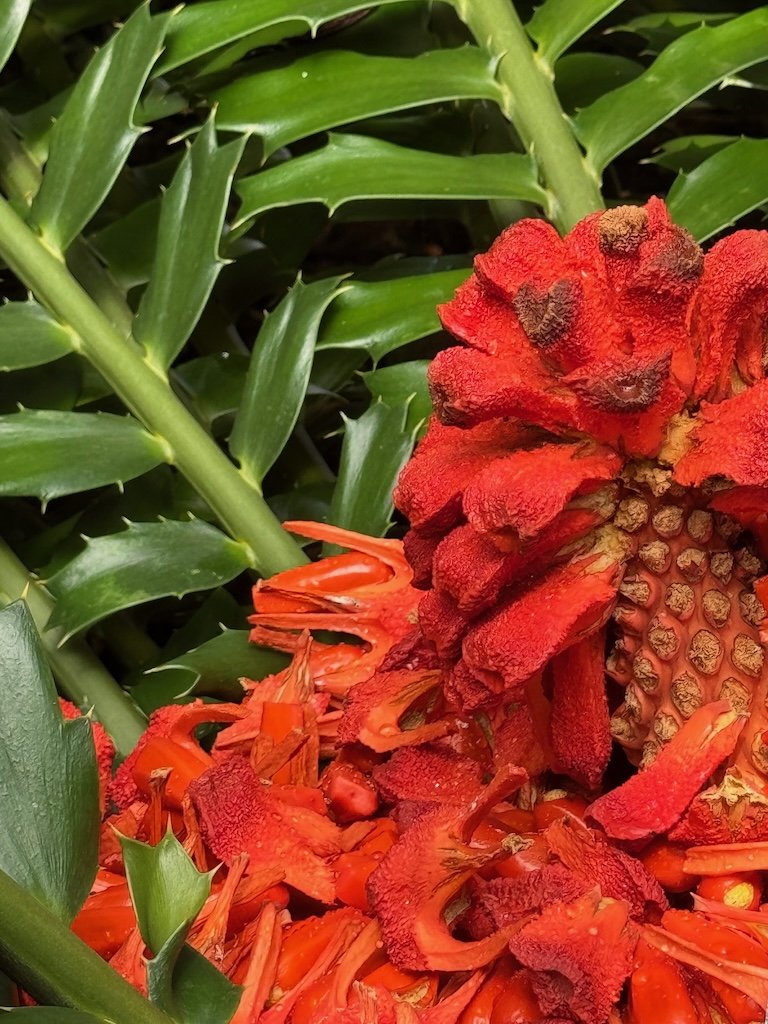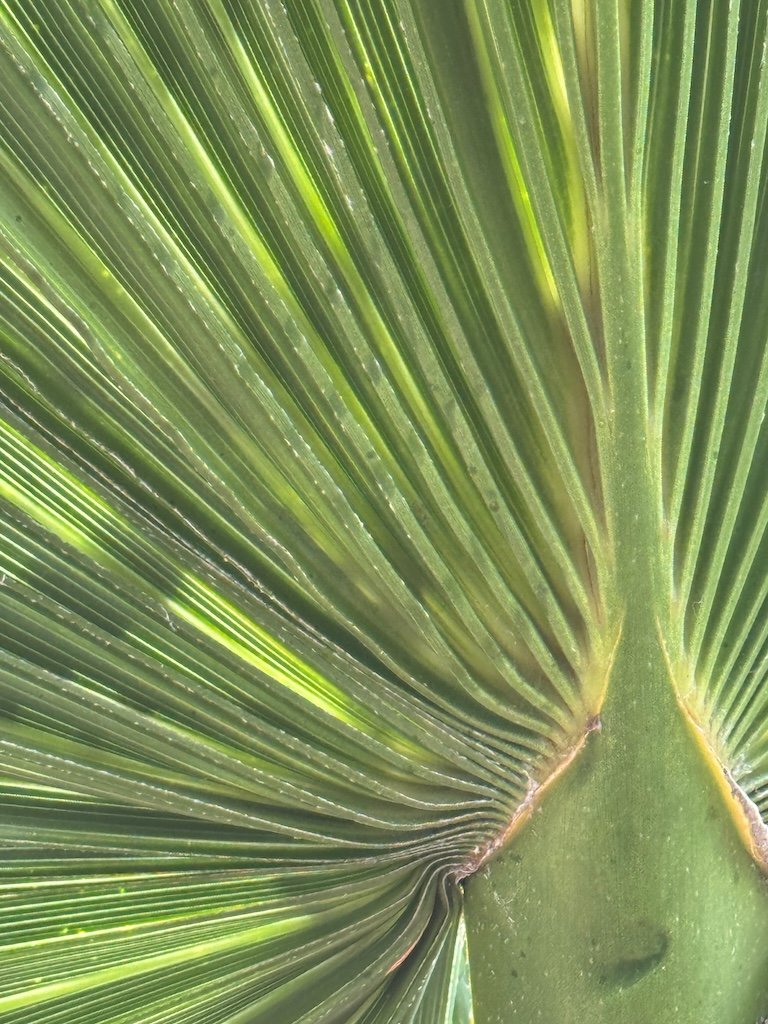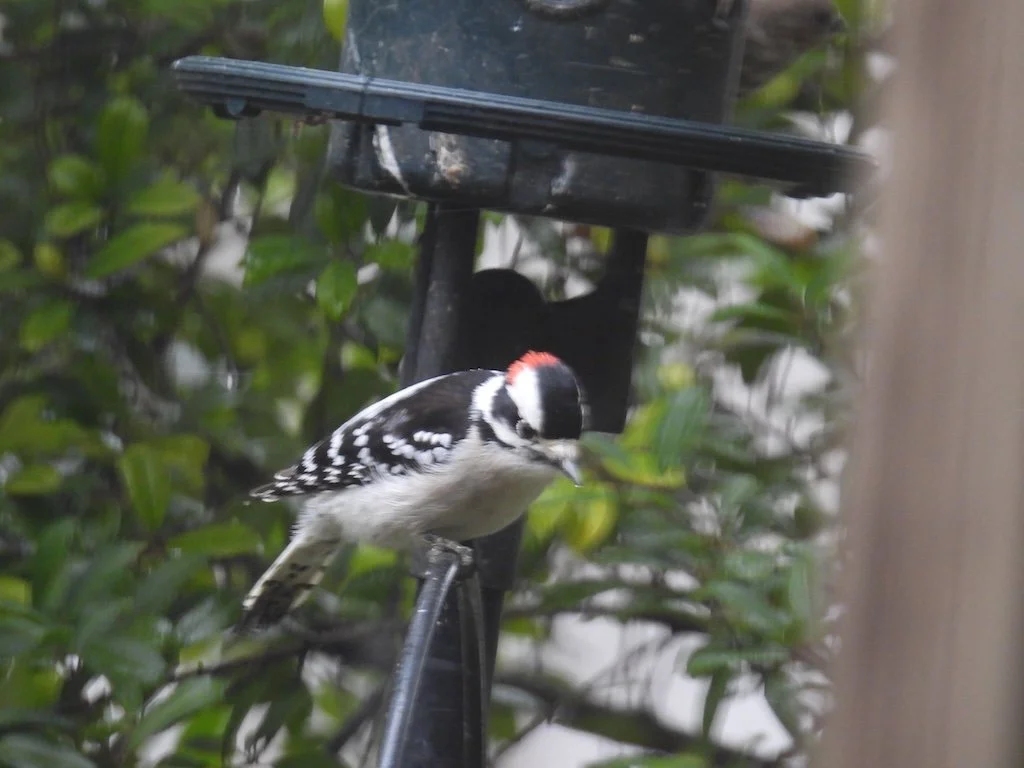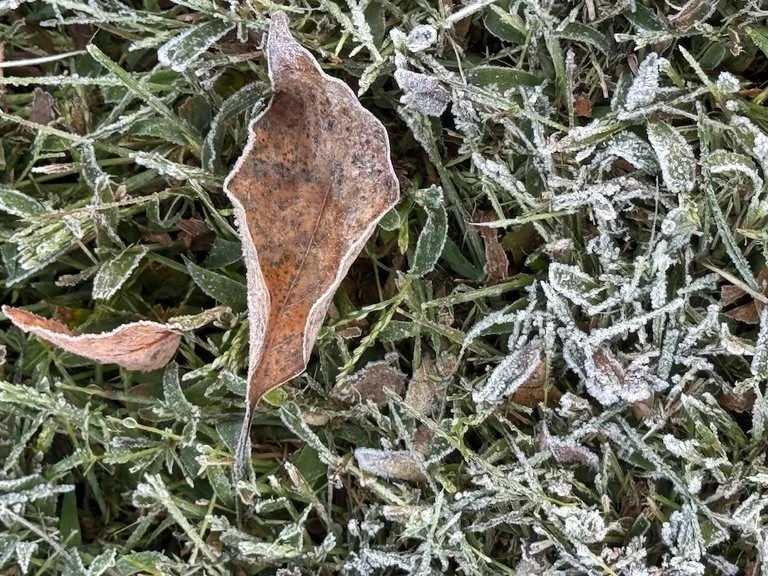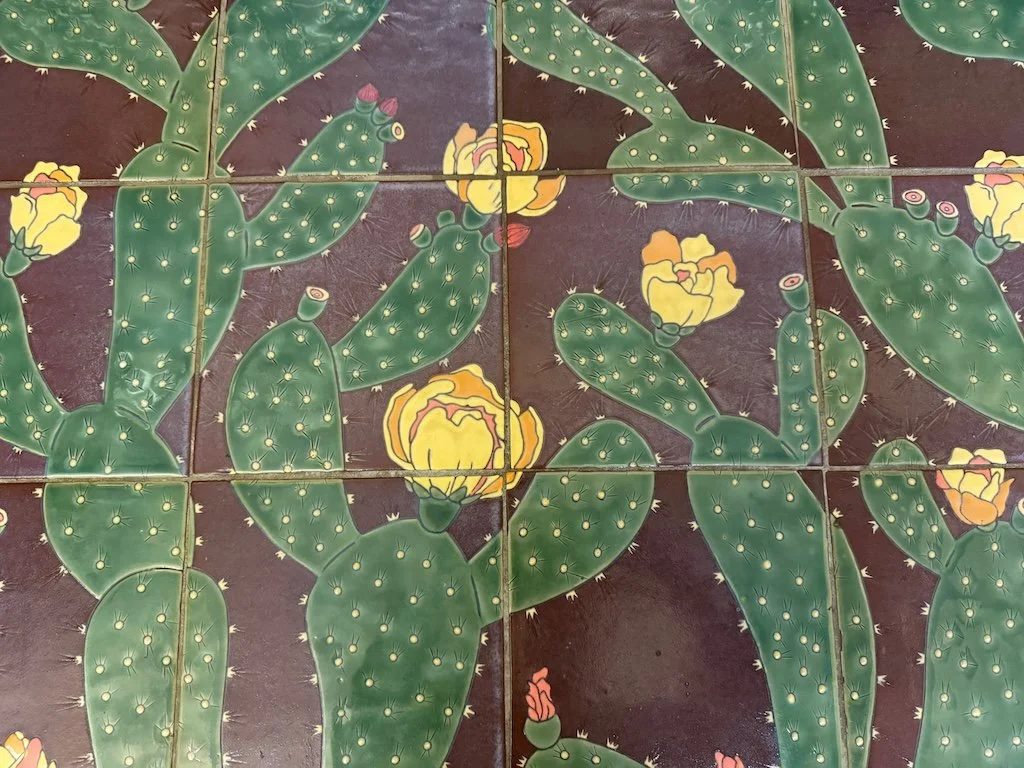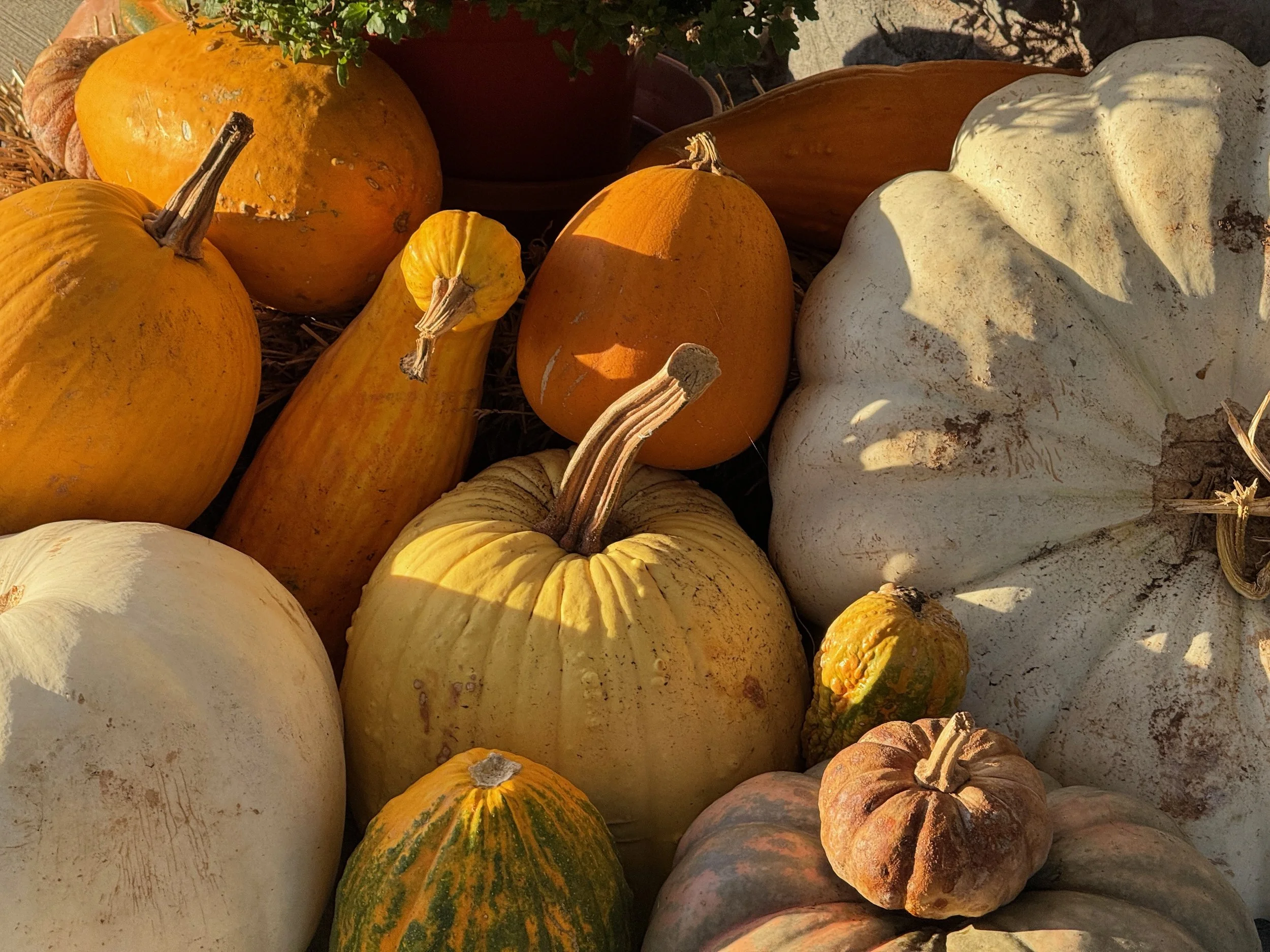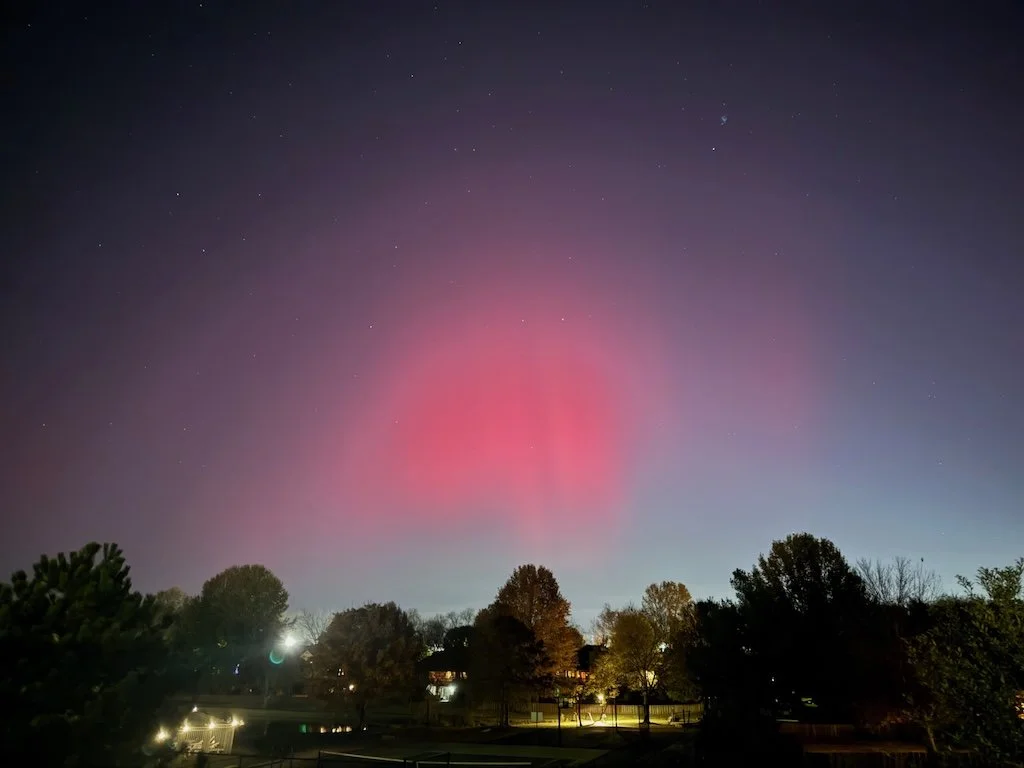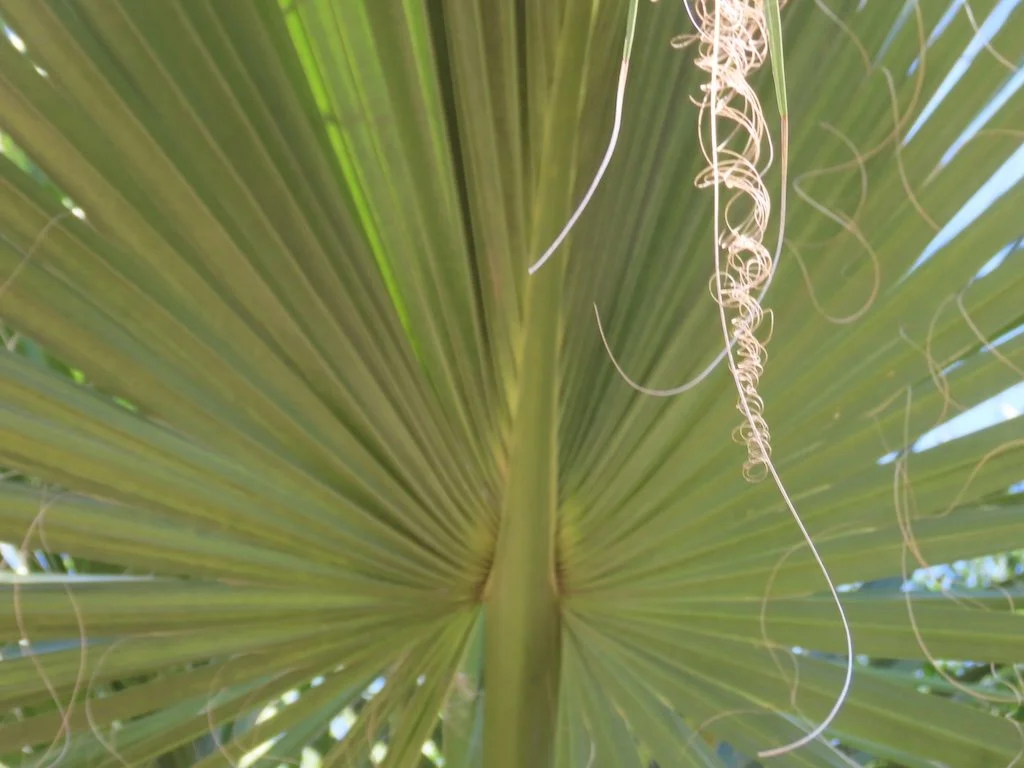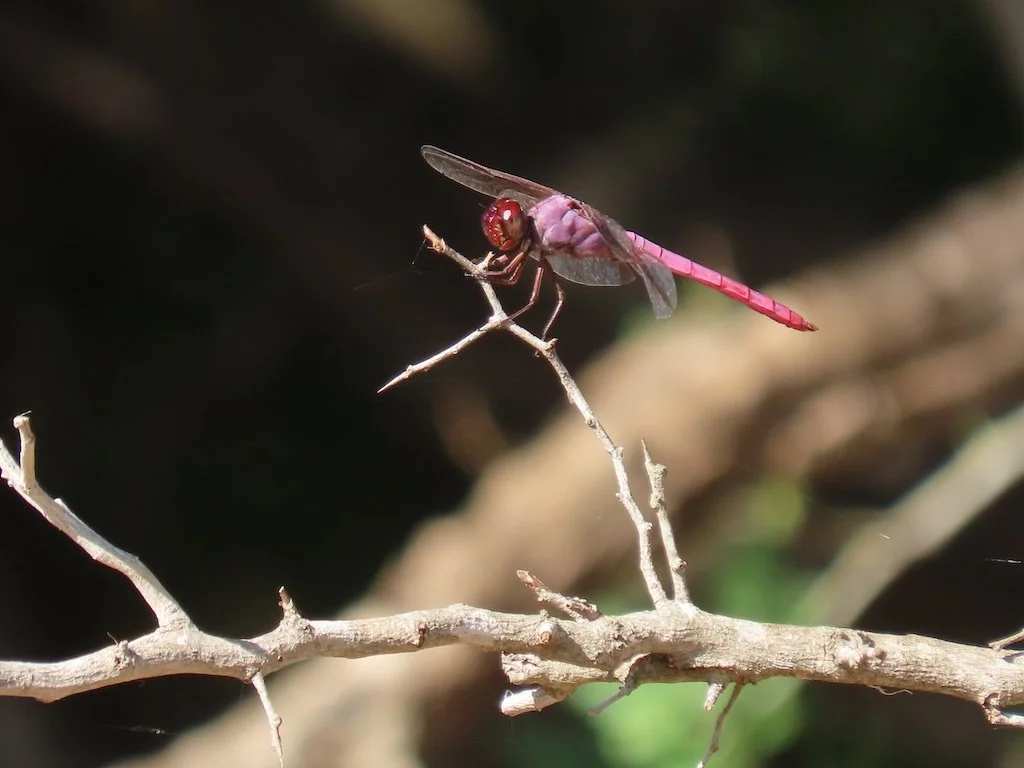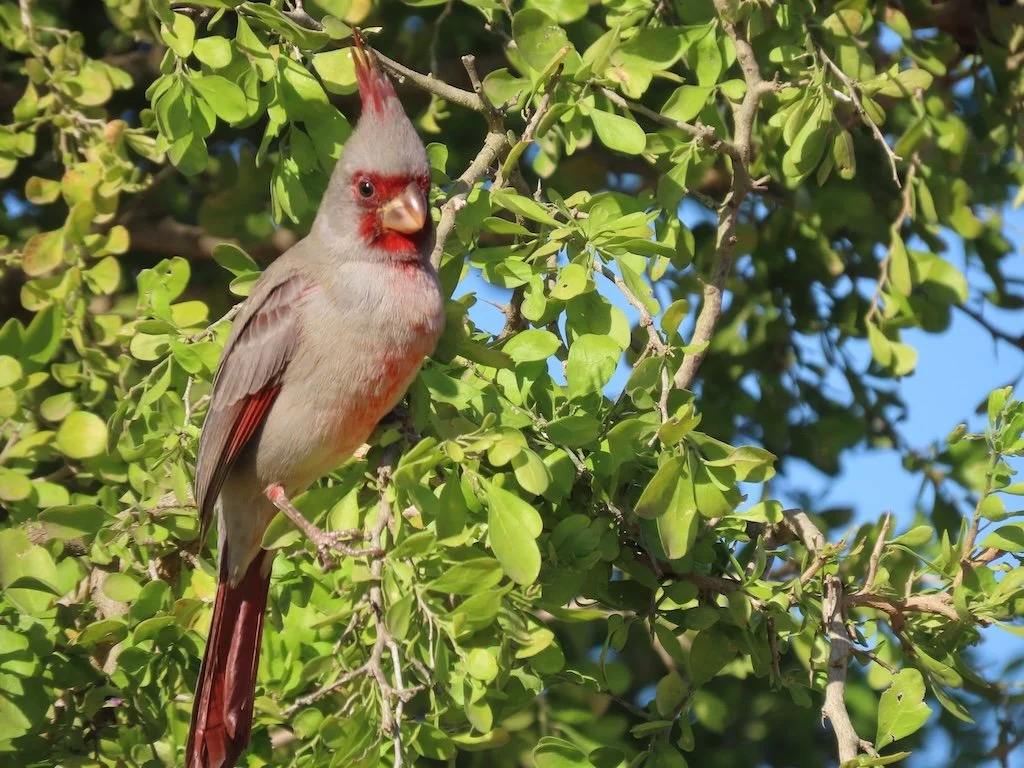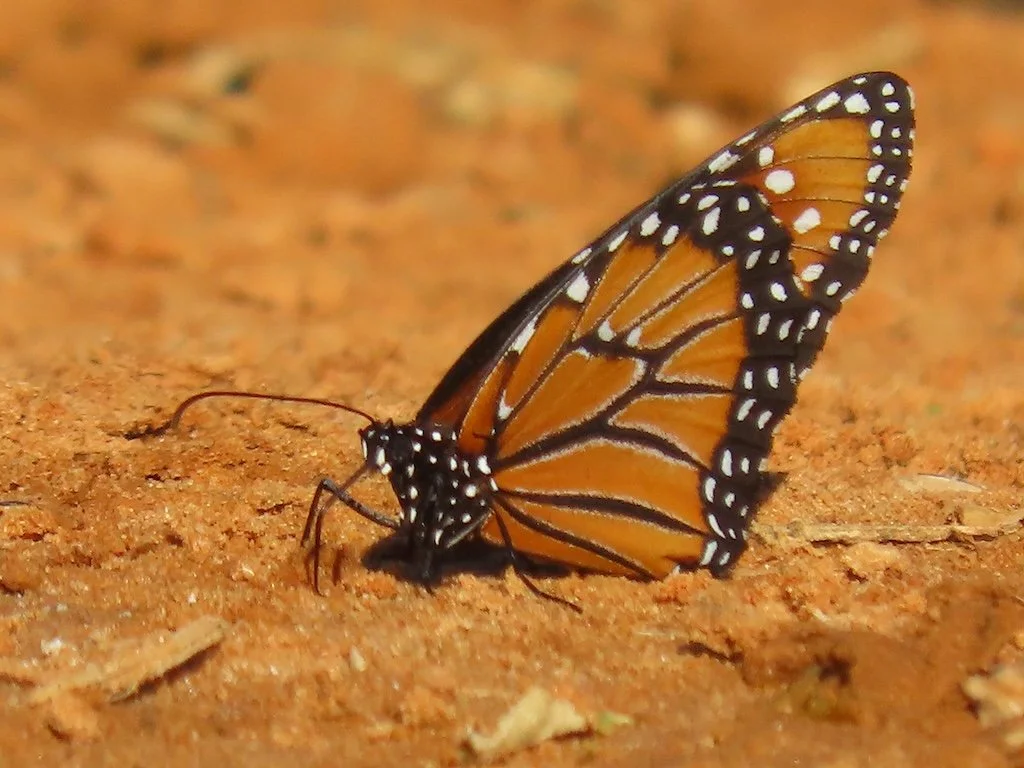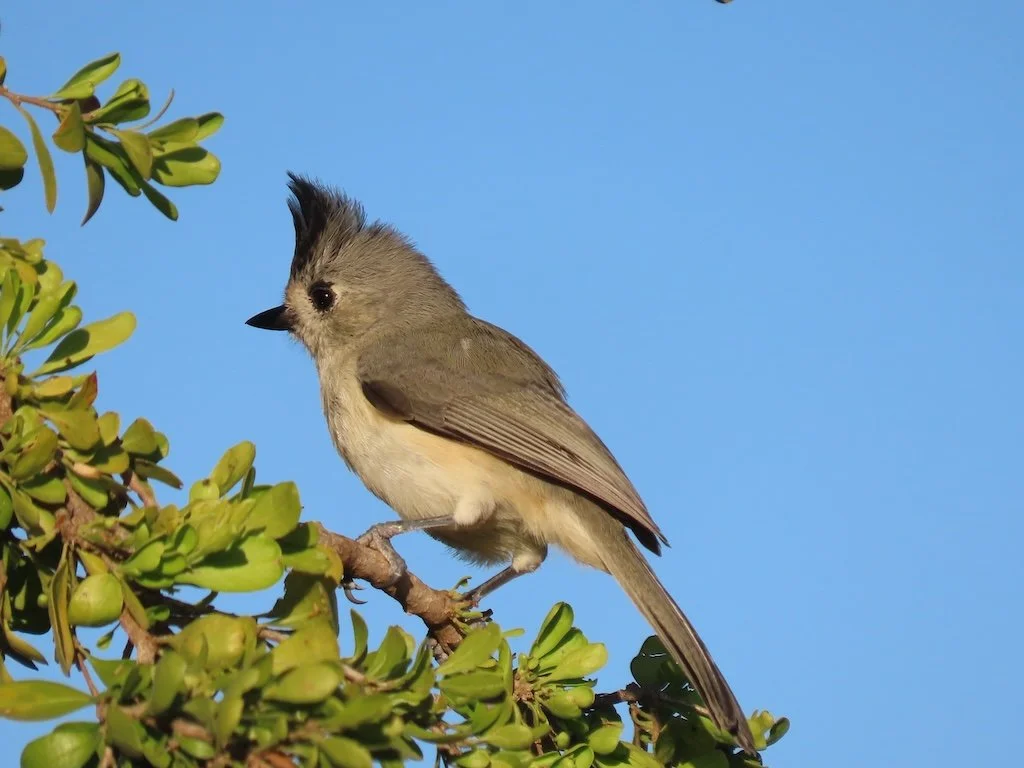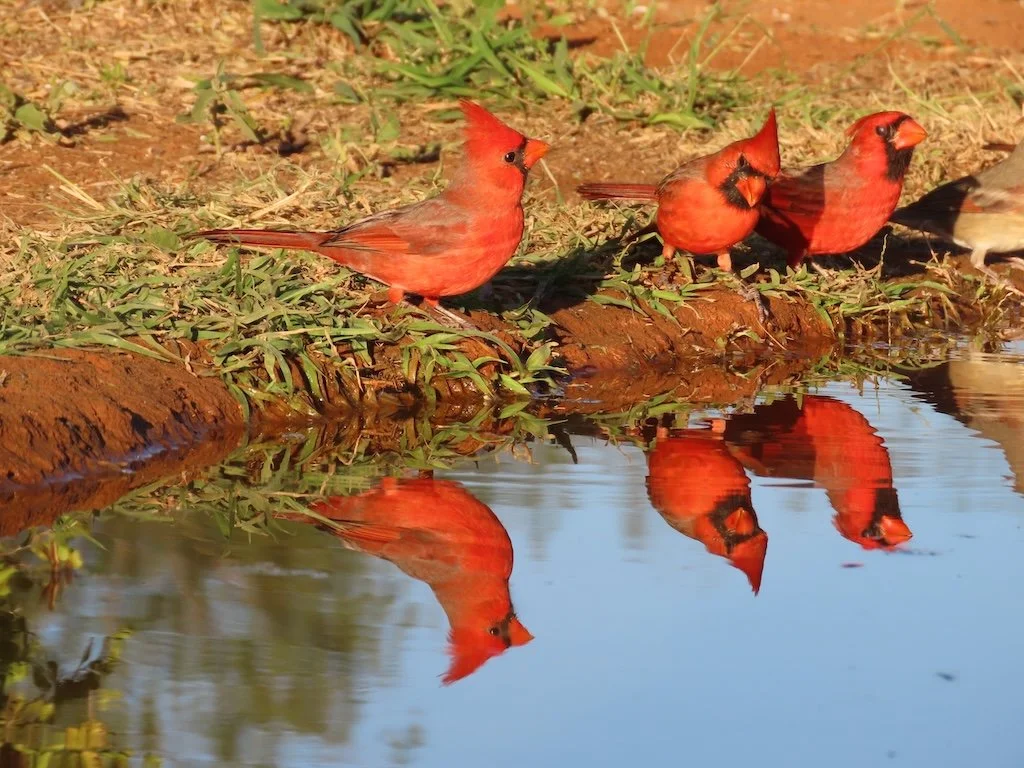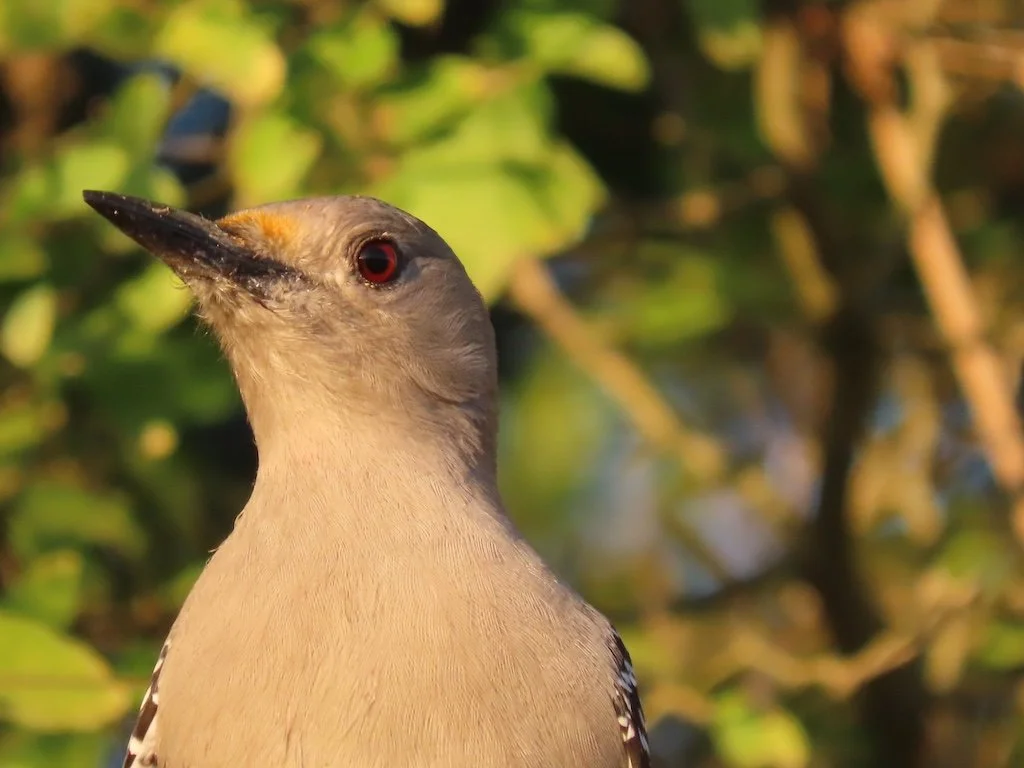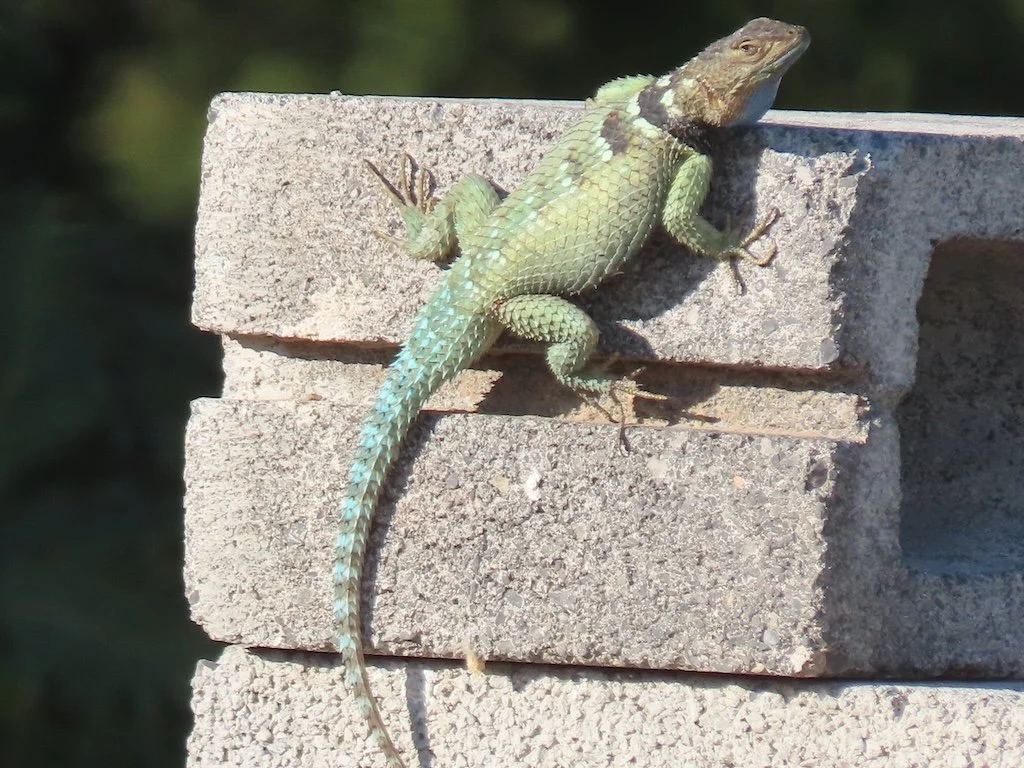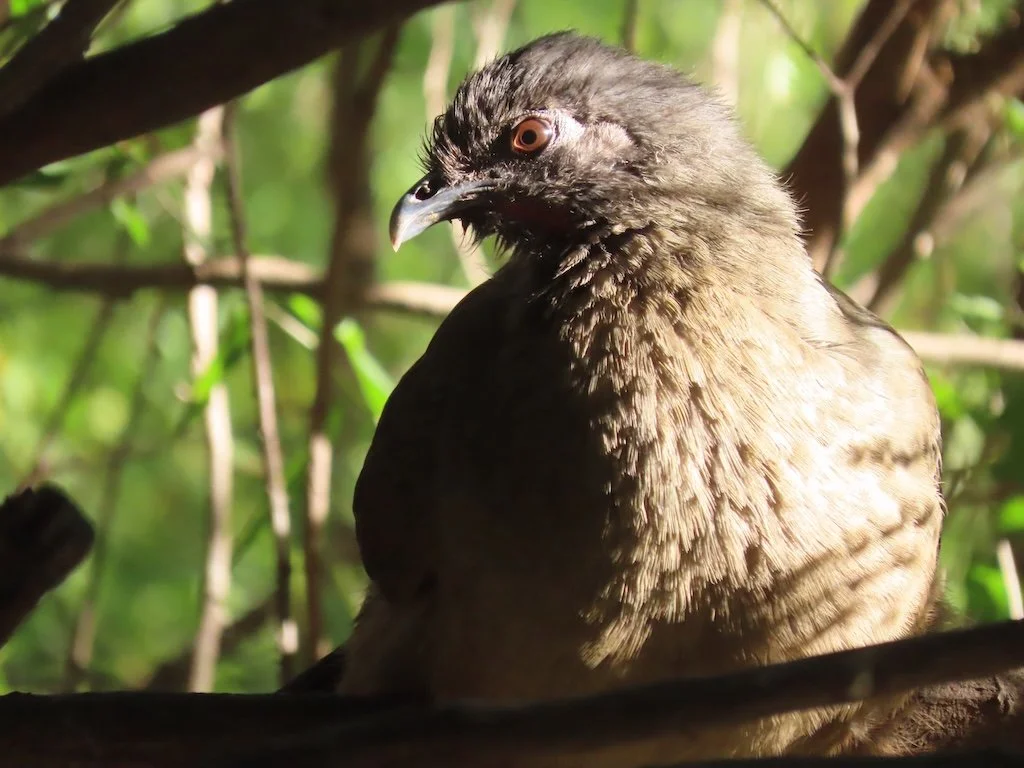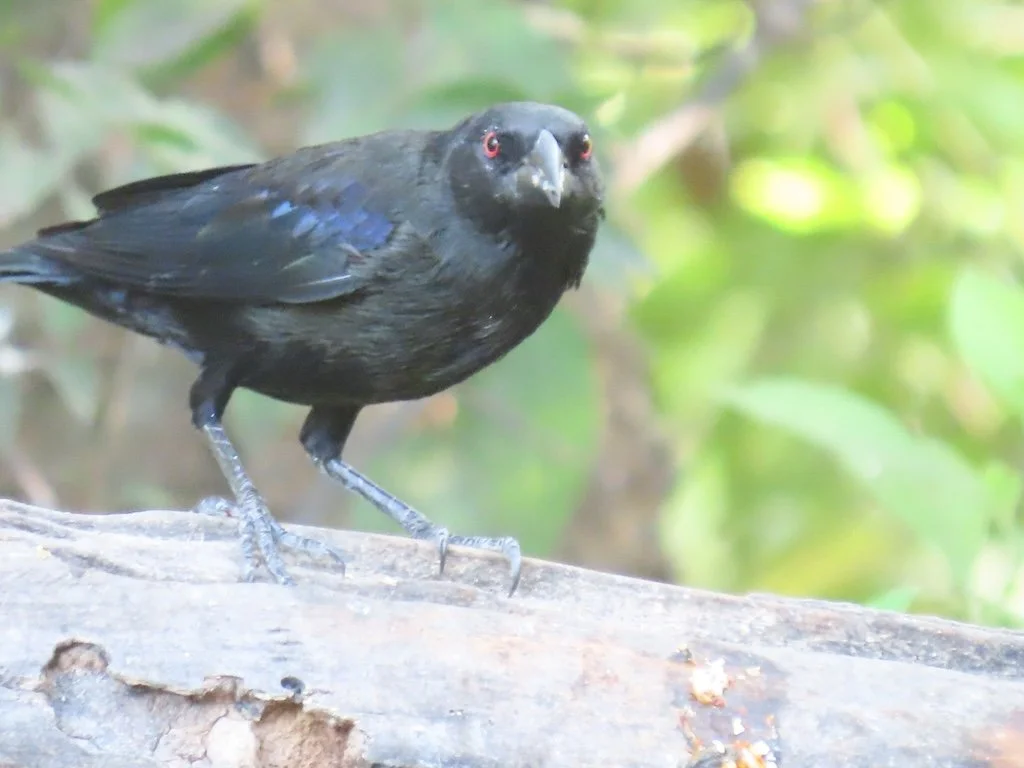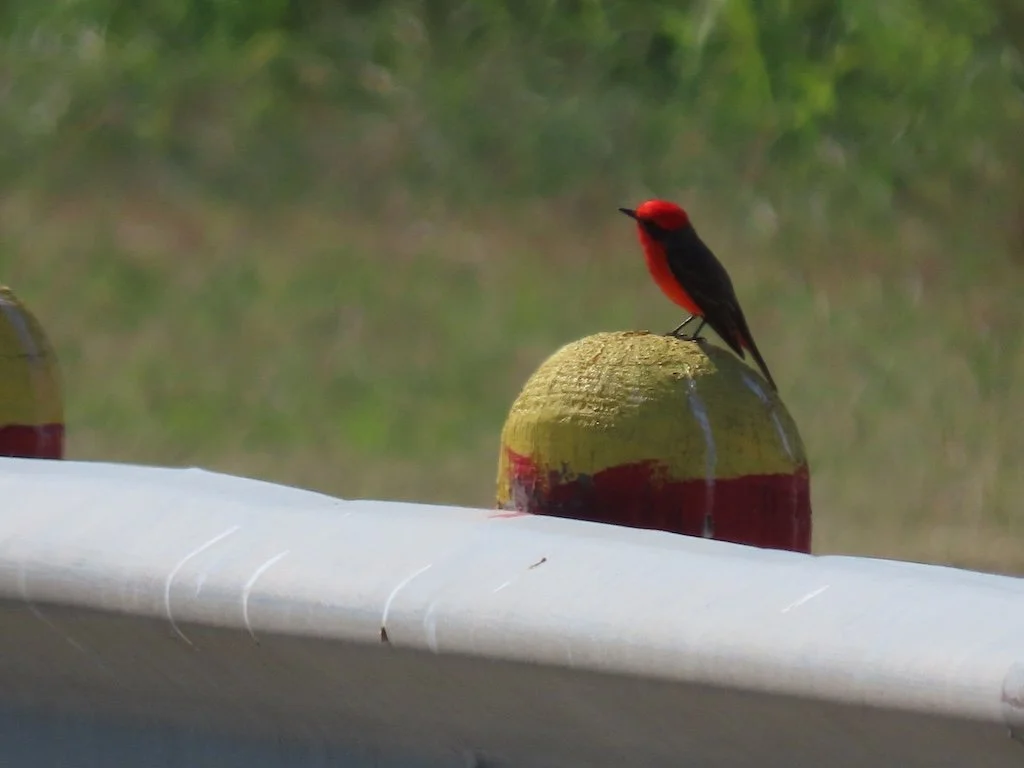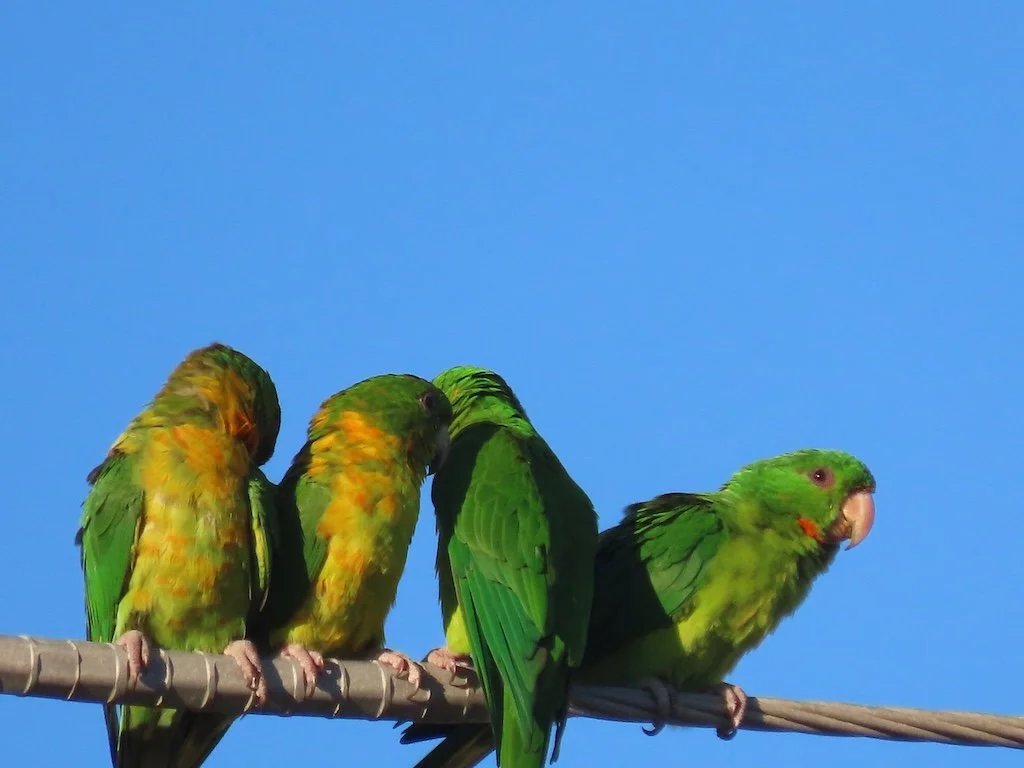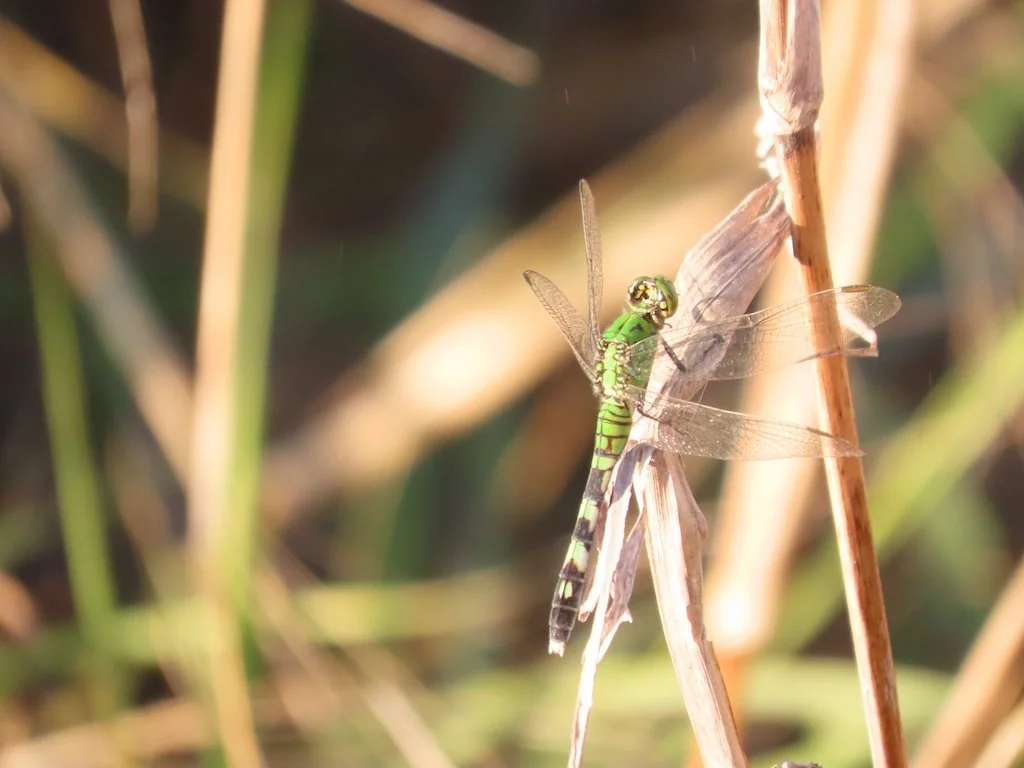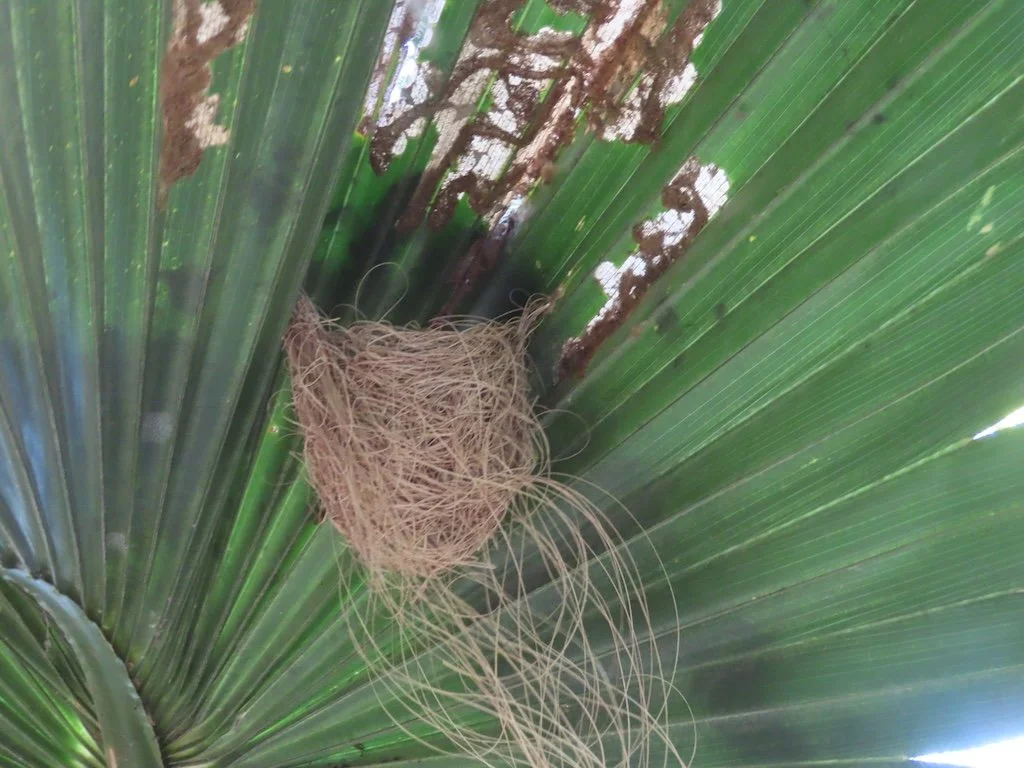The items below were ‘the cream’ of the articles and websites I found this past week. Click on the light green text to look at the article.
Whorls of White off Greenland – A satellite image (from the Terra satellite), captured on February 24, 2025, shows the southern part of Greenland, from its snow-topped ice sheet and glaciers to the sea ice swirling along its coasts. When this image was acquired, the sea ice extent along Greenland’s East Coast was about average. However, Arctic-wide, sea ice in late February was exceptionally low for the time of year due to a warm winter.
The baby boom in seven charts - The US baby boom is typically defined as the time period between 1946 and 1964. But – it appears that the increase in birth rate began earlier…in the late 1930s. And it happened in many countries at the same time. This common trend across many countries suggests that the baby boom was driven by shared societal shifts rather than isolated national circumstances. The baby boom was also surprising because it happened alongside rising levels of women’s education and workforce participation — changes that now often coincide with falling birth rates.
Cheap Chinese Panels Sparking a Solar Boom in the Global South - A surge in solar installations in parts of the developing world. The glut of cheap solar means poorer countries can speed their shift away from fossil fuels while shoring up their supply of energy.
Following Frogs into the Flames – The tree frogs are using the trees all the way up to 40 feet, up to the crown of the tree, as a safe place during fires, and also for several weeks after the fire, when the ground is still somewhat inhospitable.
Brewing tea removes lead from water – Brewing black tea in cellulose tea bags works best for removing lead…longer steeping removes more.
Where California’s Land Is Sinking and Rising – Analysis of vertical land motion between 2015 and 2023. Areas of sinking land in coastal California cities and in parts of the Central Valley are caused by factors like soil compaction, erosion, and groundwater withdrawal.
Oldest Section of China’s Great Wall Uncovered - The recent excavations occurred around what is known as the Qi Wall, which was already considered to be the oldest in existence. New dating, however, suggests that the wall’s construction originates to the late Western Zhou Dynasty (ca. 1050–771 BC) and the Spring and Autumn Period (770–ca. 475 BC), making it 300 years older than previously thought.
What happens when a diet targets ultra-processed foods? - The findings suggest that people can reduce their ultra-processed food intake, if given the proper tools, and that they will be enthusiastic about interventions designed for this purpose. The results also suggest that reducing UPF intake will lead to meaningful health improvements -- such as weight loss and better mood -- in as short as eight weeks.
Glass fertilizer beads could be a sustained nutrient delivery system - Excessive and inefficient use of agricultural fertilizers can present an environmental threat, contaminating waterways and generating greenhouse gases such as nitrous oxide. Now, researchers have addressed those challenges with glass fertilizer beads. The beads control nutrient release….releasing fertilizer over a longer time period.
Historic Frank Lloyd Wright Home Gifted to Chicago University – The last remaining example of Wright’s prairie-style designs. When the Bach residence was completed in 1915, it boasted walnut furnishings throughout and a clear view of Lake Michigan from its rear porch.

























































































































